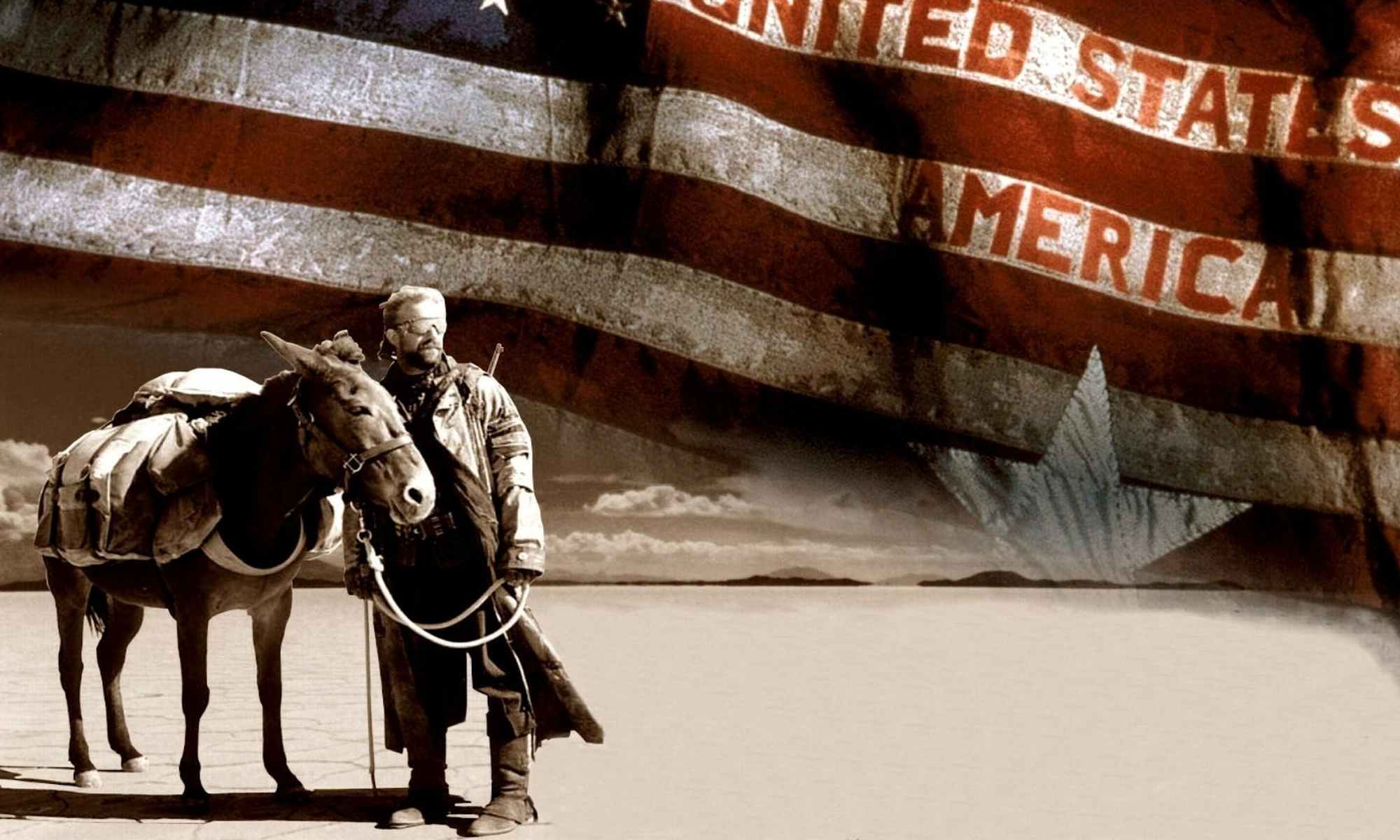
The Teamsters, formally known as the International Brotherhood of Teamsters (IBT), is one of the most powerful and influential labor unions in the United States. Its history is deeply intertwined with the broader labor movement in America. Here’s an overview of the Teamsters’ history:
Founding and Early Years (1903-1920s)
- 1903: The International Brotherhood of Teamsters was founded in Niagara Falls, New York, through the merger of the Team Drivers International Union and the Teamsters National Union. The union originally represented drivers of horse-drawn carriages, and the name “Teamsters” comes from the word “team,” referring to a team of horses.
- Early 1900s: As the transportation industry evolved, so did the Teamsters. They quickly expanded their membership to include workers involved in trucking, freight handling, warehousing, and other related industries. By the 1920s, the Teamsters were a growing force in the labor movement.
Growth and Influence (1930s-1950s)
- 1930s: Under the leadership of Daniel J. Tobin, who served as the Teamsters’ president from 1907 to 1952, the union became one of the largest in the United States. The Great Depression led to significant labor unrest, and the Teamsters were at the forefront of organizing efforts. They played a key role in the New Deal labor reforms, which strengthened unions across the country.
- 1934: The Minneapolis Teamsters Strike of 1934 was a pivotal moment in the union’s history. The strike was marked by violent clashes with police and anti-union forces but ultimately resulted in a significant victory for the Teamsters, helping to establish the union’s power in the trucking industry.
- 1940s-1950s: The Teamsters continued to grow in membership and influence, becoming a dominant force in the American labor movement. They were known for their aggressive organizing tactics and their ability to secure strong contracts for their members.
The Hoffa Era and Controversies (1950s-1970s)
- 1957: Jimmy Hoffa became the president of the Teamsters. Hoffa is perhaps the most famous (and infamous) leader in the union’s history. Under his leadership, the Teamsters became one of the most powerful unions in the country, with a membership that peaked at over 2 million.
- Controversies: Hoffa’s tenure was marked by allegations of corruption, links to organized crime, and battles with the federal government. In 1967, Hoffa was convicted of jury tampering, attempted bribery, and fraud, and he was sentenced to 13 years in prison. He was released from prison in 1971 after serving nearly five years, under the condition that he would not engage in union activities until 1980. Hoffa famously disappeared in 1975 under mysterious circumstances and was declared legally dead in 1982.
Modern Era (1980s-Present)
- 1980s: The Teamsters faced significant challenges as the trucking industry became deregulated, leading to increased competition and a decline in unionized jobs. The union struggled with internal divisions and leadership changes during this period.
- 1990s: Ron Carey became the president of the Teamsters in 1991, ushering in a period of reform. Carey focused on rooting out corruption and revitalizing the union. The 1997 UPS strike, one of the largest strikes in U.S. history, was a major victory for the Teamsters under Carey’s leadership, securing better wages and job security for UPS workers.
- 2000s-Present: The Teamsters have continued to play a significant role in the labor movement, although they face ongoing challenges related to changes in the economy, labor laws, and the decline of union membership in the United States. The union remains active in organizing efforts across various industries, including transportation, logistics, and healthcare.
The Teamsters’ history is a testament to the power of organized labor and its ability to adapt to changing economic and social conditions. Despite controversies and challenges, the Teamsters have been a central force in advocating for workers’ rights in America.

